The 10 Least Populated Countries in Africa
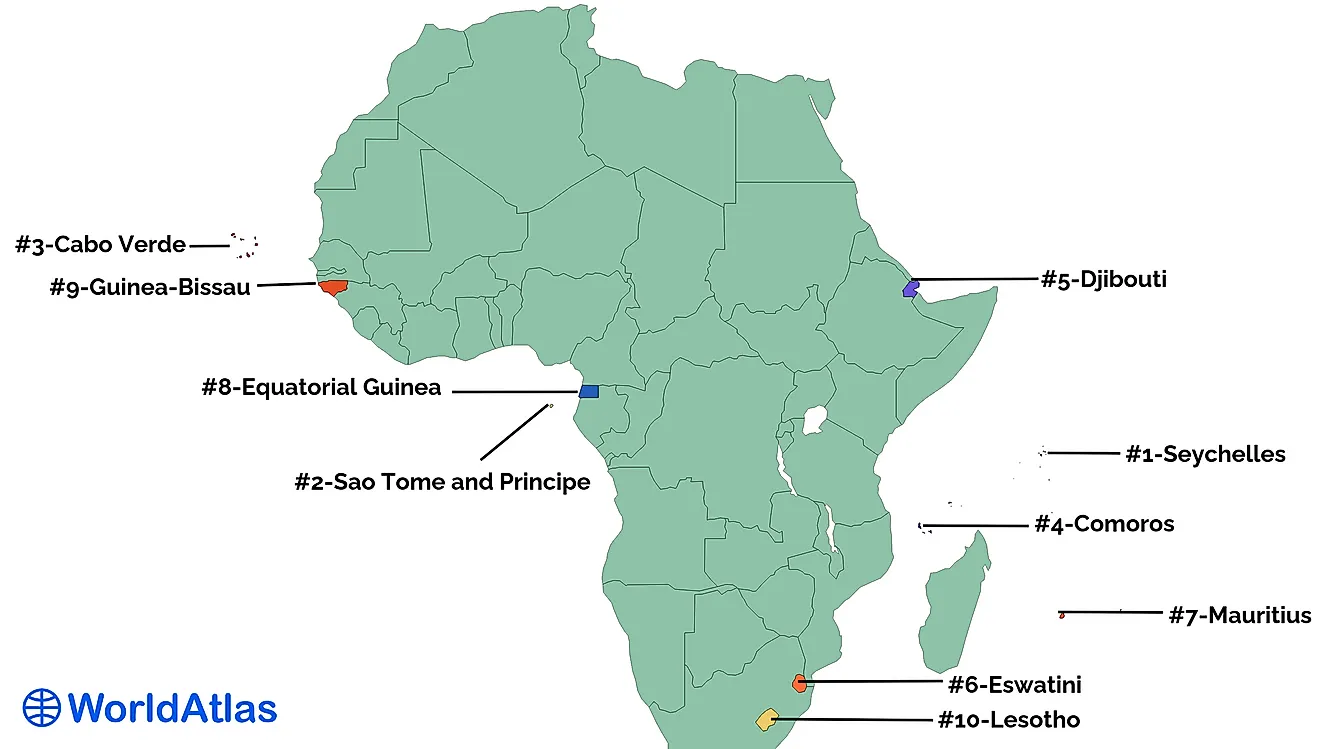
- The Seychelles is the smallest and least populated country in Africa.
- All of Africa's least populous countries are small in size.
- Half of Africa's least populous countries are small island countries.
- Africa's total population, now approximately 1.36 billion, is projected to top 2.48 billion by 2050.
The continent of Africa is home to approximately 1.36 billion people. Some African countries are extremely populous. For instance, Nigeria, the most populous country in Africa, is home to over 200 million people. Based on projections, Nigeria will have 790 million people living within its borders by the year 2100. Indeed, Africa’s population continues to grow by leaps and bounds mainly because of the continent’s high birth rates, which are consistent with developing countries. But there are some countries in Africa where very few people live.
Seychelles
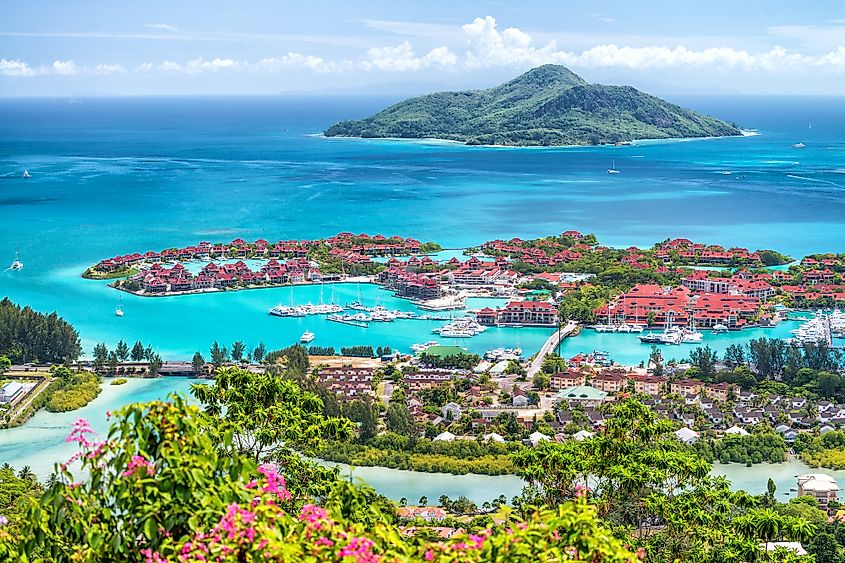
The Seychelles, which consists of an archipelago of tiny islands east of the African mainland and northwest of the African island of Madagascar, is the least populous country in Africa. Just 97,630 people live in the country. The Seychelles’ lack of population is due in part to space constraints. Indeed, the total land area of the country is just 460 sq. km, making it the smallest country in Africa. The Seychelles’ population density is 214 people per sq. km. Thus, the country is very densely populated. In addition, the growth rate of the Seychelles’ population is just 0.4% per year. In fact, by 2047, the country’s population is expected to start declining. The lack of population growth in the Seychelles could also be caused by the fact that it is more developed compared to many other African countries. The country’s life expectancy is also high compared to most other countries in Africa.
Sao Tome And Principe
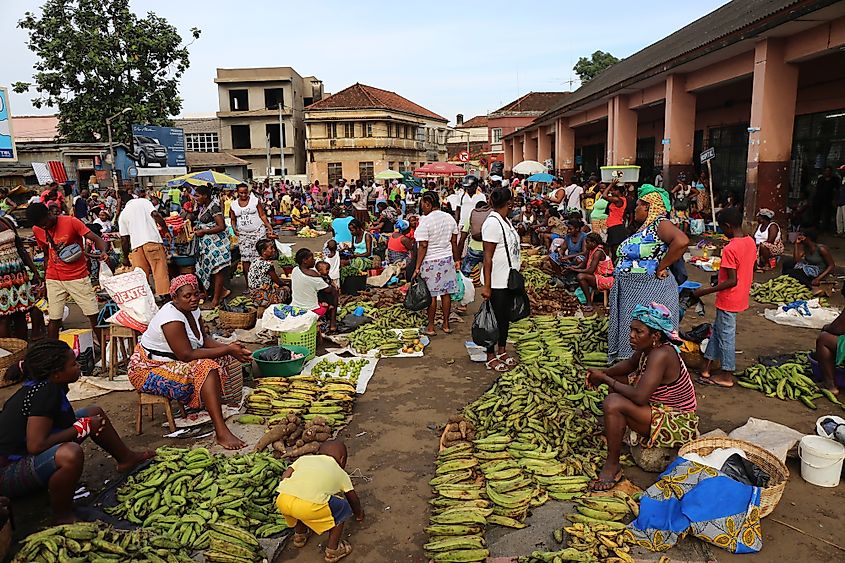
The country of Sao Tome and Principe is a country consisting of an archipelago of several small islands, the two largest of which are Sao Tome and Principe. It is located off the west coast of the Central African country of Gabon. The population of Sao Tome and Principe is just 215,060, making it the second least populous country in Africa. The country’s land area is just 960 sq. km, which means that it is also the second smallest country in Africa. The population density of Sao Tome and Principe is 228 people per sq. km. One reason for the high population density could be the fact that much of the country consists of volcanic and mountainous terrain, which can be difficult to build on. Nevertheless, the country’s population is growing at a rapid pace of 2.6% per year.
Cabo Verde
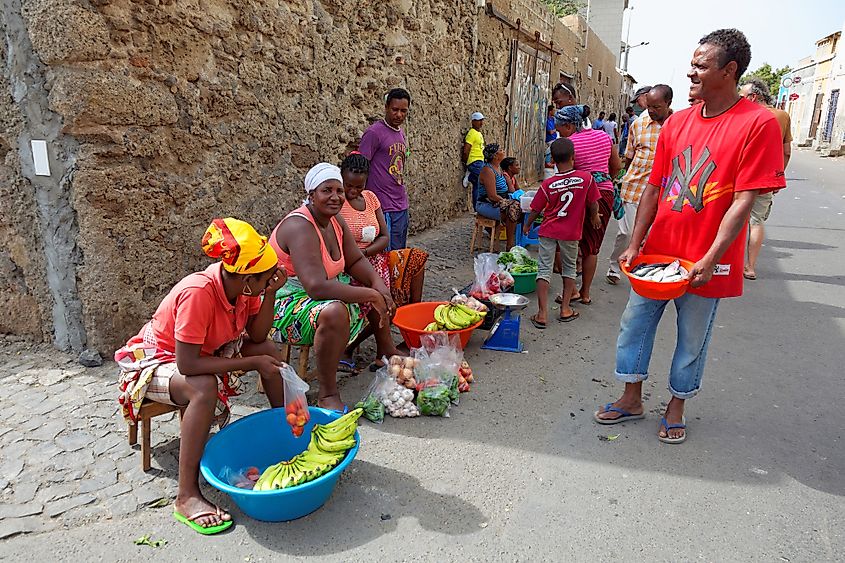
Cabo Verde is an island country situated off the coast of West Africa, or more specifically, the coasts of Senegal and Mauritania. The country’s population is 549,930. The people of Cabo Verde live in an area of 4,030 sq. km, which translates to a population density of 138 people per sq. km. Thus, it is not as densely populated as the Seychelles or Sao Tome and Principe. Like the Seychelles, however, Cabo Verde is more developed and economically stable compared to many other African countries, which may explain its low annual population growth rate of just 1.13%. In fact, this rate is projected to become negative by 2061.
Comoros
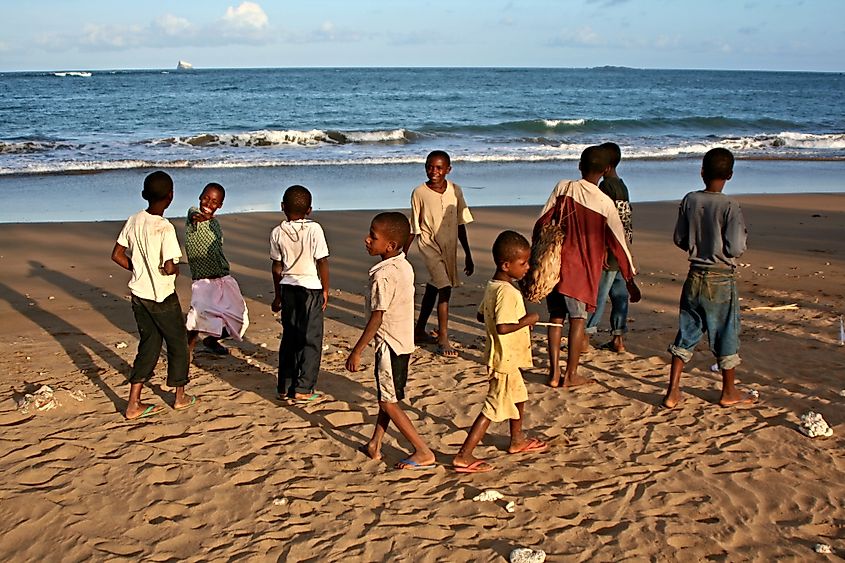
Comoros is an island country consisting of three main islands. It is located in the Indian Ocean, between the northeast coast of Mozambique and the northwest coast of Madagascar. The population of the Comoros is 850,890. The total land area of the Comoros is 1,861 sq. km, making it the third smallest country in Africa. The Comoros’ population density is a high 467 people per sq. km. Moreover, the rate of population density will probably increase as the annual population growth rate in the Comoros is 2.23%. This rate is, however, projected to level off a bit by the 2080s.
Djibouti
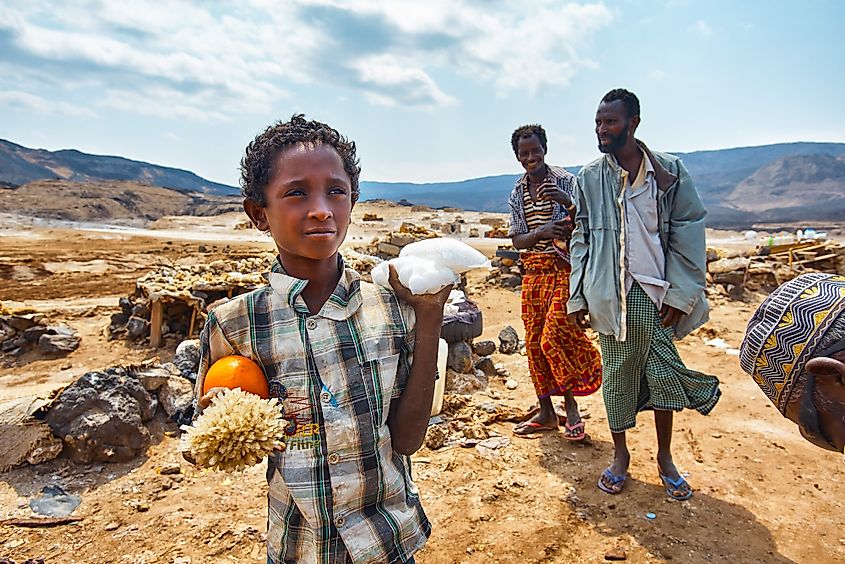
The country of Djibouti is located in East Africa, across the Bab al-Mandab Strait from Yemen. Its population is 973,560, and its total land area is 23,180 sq. km. Djibouti is not very densely populated compared to the aforementioned island countries. The country has an annual population growth rate of 1.5% per year, which is low compared to its neighbors and other African countries. Indeed, Djibouti’s population is projected to stop growing by the 2060s, and decline by the early 2090s. About two thirds of Djibouti’s population lives in the city of the same name. The rest of the land is mostly used for agriculture.
Eswatini

Formerly known as Swaziland, Eswatini is situated in Southern Africa. It is bordered to the north, west, and southeast by South Africa, and to the east by Mozambique. Eswatini’s population is 1,148,130, and its total land area is 17,200 sq. km. The county’s population growth rate is just 1.1%, which is low for a developing country in Africa. One of the reasons for this is that the country has a very low life expectancy, which is due, at least in part, to its extremely high HIV/AIDS infection rate. In fact, Eswatini has the world’s highest prevalence of HIV/AIDS in the world. More than one in four adults in the country have HIV/AIDS.
Mauritius
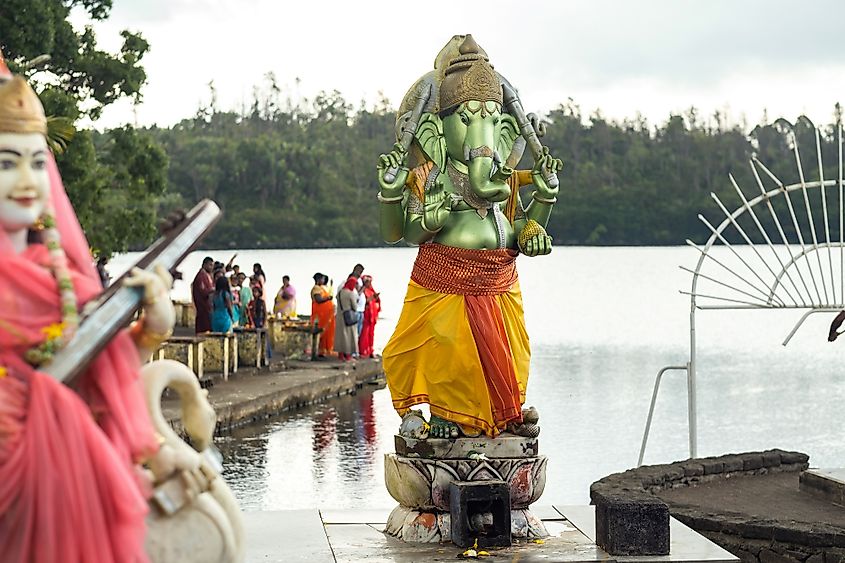
Mauritius is an island country in the Indian Ocean, situated east of Madagascar. Its population consists of 1,265,710 people. The country’s population density is a high 626 people per sq. km, in a total land area of 2,030. But lack of space is not the only factor keeping the population of Mauritius low. Mauritius has a much more developed economy compared to other African countries. This could explain its low annual population growth rate of just 0.4% per year. Mauritius’ population is expected to stop growing by the middle of the 2020s, and decline from there.
Equatorial Guinea
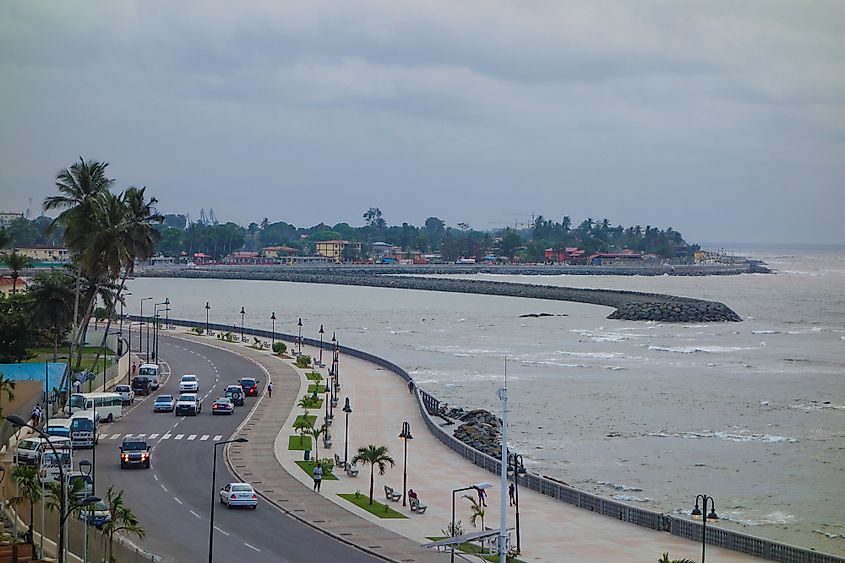
Equatorial Guinea is located in Central Africa. It consists of a small territory sandwiched between Gabon and Cameroon, and the island of Bioko, in the Gulf of Guinea, off the coast of Cameroon. The population of Equatorial Guinea is 1,355,990, which is consistent with the amount of territory that the country has. Its total land area is 28,050 sq. km, and its population density is 50 people per sq. km. Equatorial Guinea’s population is growing at a rapid pace of 2.8% annually.
Guinea-Bissau
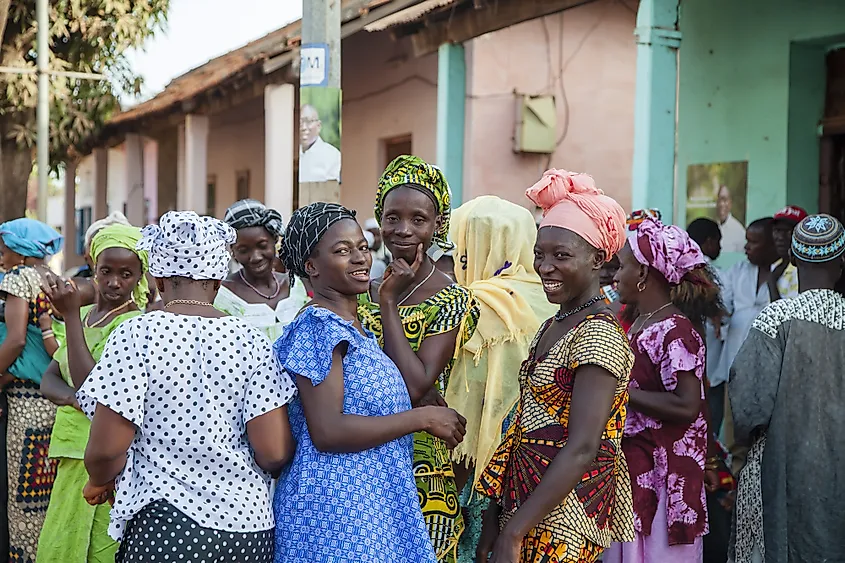
Guinea-Bissau is situated on the west coast of Western Africa, sandwiched between Guinea and Senegal. Its population is 1,920,920, and its total land area is 28,120 sq. km. Guinea-Bissau’s population density is 70 people per sq. km. Half of the country’s population lives in the coastal region due to the rich fisheries therein. Living on the coast of Guinea-Bissau is increasingly difficult, however, because of growing coastal erosion, which plagues much of West Africa.
Lesotho
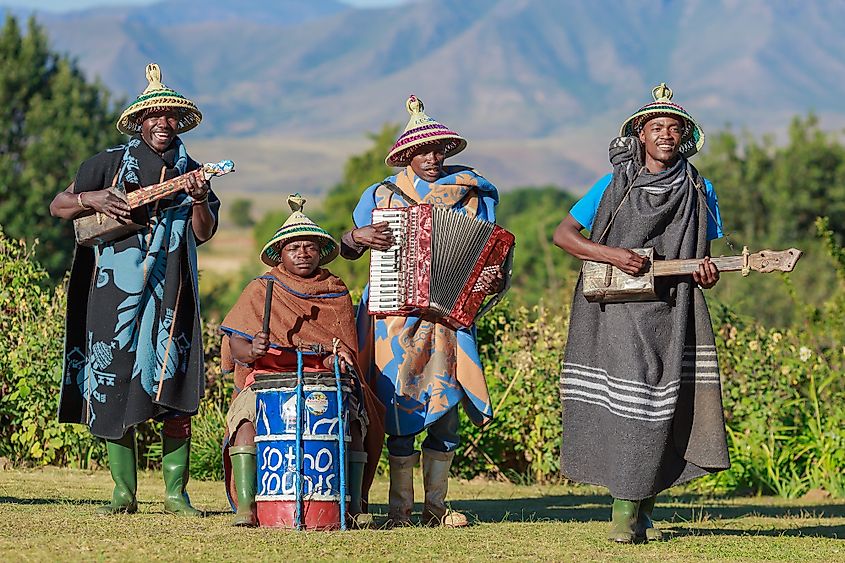
Lesotho is completely surrounded by the territory of South Africa. The small Southern African kingdom’s population is 2,125,270. Lesotho’s land area is 30,360 sq. km, and its population density is just 71 people per sq. km. Thus, a lack of space is not the reason Lesotho has such a small population. One factor that may be holding back population growth is Lesotho’s high infant mortality rate of 8.3%. Another reason could be the high prevalence of HIV/AIDS in the country. In fact, about half of women under the age of 40 in Lesotho’s urban areas have HIV/AIDS. Life expectancy in the country is also very low at just 42 years.
Africa’s Population in The Future
By 2050, Africa’s population is expected to top 2.48 billion. At the same time, however, the continent’s annual population growth rate is projected to decline from a rate of 2.54% in 2020 to an expected 1.76% in 2050. Projections also show that the decline in Africa’s annual rate of population growth will be felt throughout the continent. Thus, every African subregion will experience a decline in their annual population growth rates between now and 2050.
The 10 Least Populated Countries in Africa
| Rank | Country | Population | Area (in sq. km) |
|---|---|---|---|
| 1 | Seychelles | 97,630 | 455 |
| 2 | Sao Tome and Principe | 215,060 | 964 |
| 3 | Cabo Verde | 549,930 | 4,033 |
| 4 | Comoros | 850,890 | 2,235 |
| 5 | Djibouti | 973,560 | 23,200 |
| 6 | Eswatini | 1,148,130 | 17,364 |
| 7 | Mauritius | 1,265,710 | 2,040 |
| 8 | Equatorial Guinea | 1,355,990 | 28,051 |
| 9 | Guinea-Bissau | 1,920,920 | 36,125 |
| 10 | Lesotho | 2,125,270 | 30,355 |











